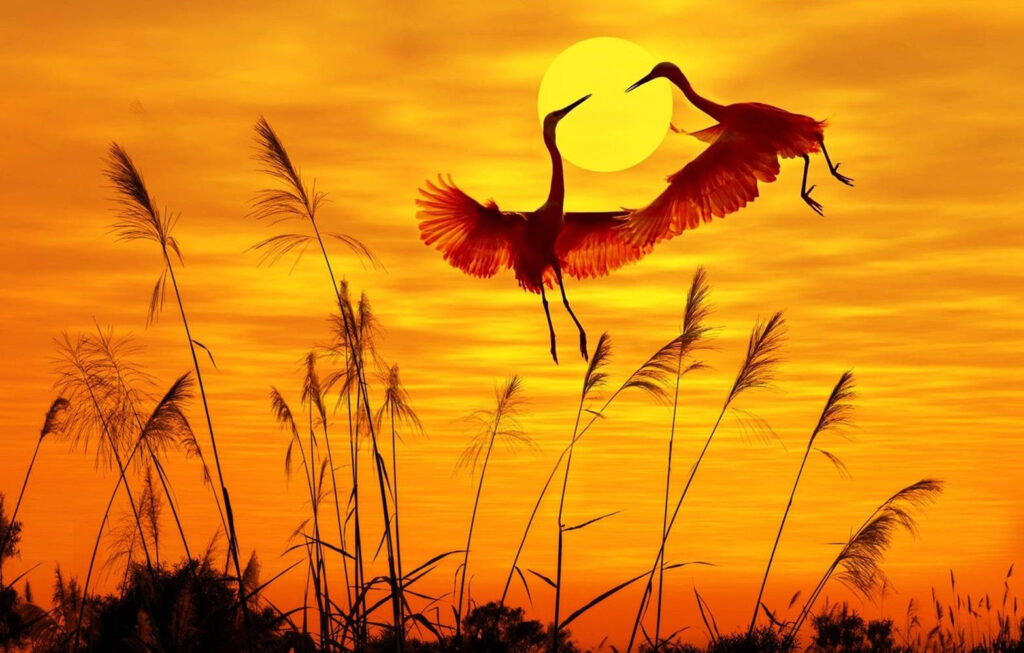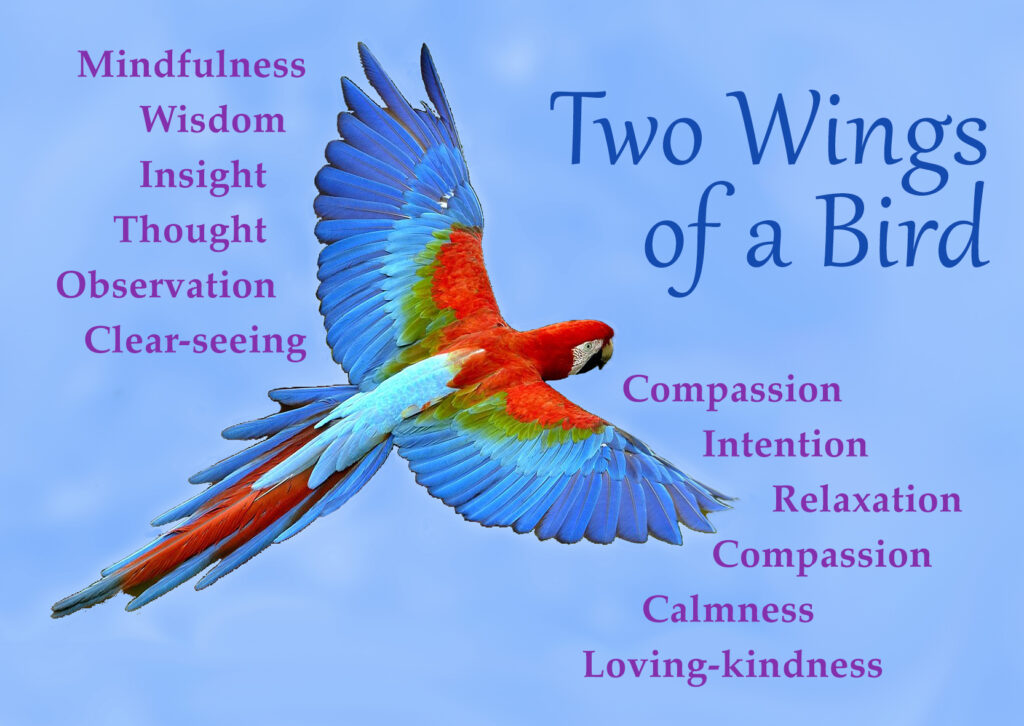The words of rumi birds wings, the 13th-century Persian poet and mystic, resonate deeply with those on a quest for spiritual wisdom. His evocative use of birds and wings as metaphors for the soul’s potential and yearning for freedom is both timeless and profound. This article explores how Rumi’s reflections on birds and wings guide us toward spiritual liberation and self-discovery.
The Symbolism of Birds in Rumi’s Poetry
Rumi frequently uses birds as symbols of the soul, representing its longing to rise above worldly constraints and connect with the divine. Birds in his poetry often signify freedom, spiritual growth, and the desire to transcend earthly limitations.
One of Rumi’s most famous lines encapsulates this idea:
“You were born with wings, why prefer to crawl through life?”
Here, Rumi connects birds, wings, and human potential, emphasizing the importance of breaking free from self-imposed limitations.

Understanding Wings as a Metaphor
In Rumi’s poetry, wings symbolize the tools and virtues necessary for spiritual elevation. Just as birds rely on their rumi birds wings to soar, humans must cultivate love, faith, and courage to achieve spiritual awakening.
The concept of wings also highlights the importance of balance. Birds cannot fly with one wing alone, and Rumi suggests that humans must find equilibrium between their inner and outer lives to experience true freedom. This delicate balance between heart and mind, action and reflection, is a recurring theme in his teachings.
Rumi’s wisdom reminds us that our wings already exist within us. It is our task to nurture them and use them to achieve spiritual flight.
Rumi, Birds, and Wings as a Call to Overcome Limitations
Earthly attachments are like chains holding the soul back, ultimately preventing it from taking flight. Therefore, Rumi encourages us to shed these attachments and instead embrace our innate ability to rise.
In his verse,
“Don’t grieve. Anything you lose comes round in another form,”
Rumi not only offers comfort and insight but also urges us to let go of fears, possessions, and even relationships that weigh us down. Furthermore, the imagery of birds spreading their wings serves as a powerful reminder that true freedom often requires release.

Rumi Birds Wings: A Journey of Transformation
The journey of the soul is often likened to a bird learning to fly. Similarly, in The Conference of the Birds, a narrative often associated with Rumi’s teachings, each bird represents a human virtue or flaw. Furthermore, their collective quest to find their king, the Simurgh, mirrors the soul’s journey to divine connection.
This story highlights the interplay of rumi birds wings key themes—birds symbolize the soul, wings represent our inner potential, and their flight signifies spiritual transformation.
Practical Lessons from Rumi Birds Wings
- Recognize Your Wings: Understand that you possess the qualities needed for personal and spiritual growth. Your wings might take the form of resilience, kindness, or creativity.
- Let Go of the Ground: Release the fears and attachments that hold you back. Rumi’s wisdom urges us to trust the process and embrace change.
- Seek Inner Balance: Just as a bird cannot fly with one wing, humans must harmonize their emotions, thoughts, and actions to achieve freedom.
- Embrace Spiritual Flight: Spiritual growth is a journey, not a destination. Every small step brings you closer to discovering the limitless potential within.
The Modern Relevance of Rumi Birds Wings
By reflecting on Rumi’s metaphor of birds and wings, we can not only find the inspiration to rise above distractions but also learn to live authentically. Moreover, his wisdom encourages us to cultivate inner strength, embrace change, and ultimately pursue a life of purpose.

Frequently Asked Questions About Rumi Birds Wings
- What do birds symbolize in Rumi’s poetry?
Birds in Rumi’s poetry represent the human soul and its yearning for freedom and divine connection. - How do wings fit into Rumi’s spiritual teachings?
- Why are Rumi’s metaphors of birds and wings relevant today?
Conclusion by rumi birds wings
rumi birds wings metaphor of birds and wings not only offers timeless guidance for anyone seeking spiritual growth but also encourages personal freedom. His teachings further inspire us to recognize our inner potential, gradually shed burdens, and ultimately achieve balance in life.


I’m no longer positive the place you are getting your info,
however good topic. I needs to spend some time learning much more or
figuring out more. Thank you for magnificent info I was in search of this info for my mission.
Hey, I think your blog might be having browser compatibility issues.
When I look at your blog in Safari, it looks fine
but when opening in Internet Explorer, it has some overlapping.
I just wanted to give you a quick heads up! Other then that, very
good blog!